Home>Technology>Smart Home Devices>How Does A Wireless Printer Work


Smart Home Devices
How Does A Wireless Printer Work
Modified: October 18, 2024
Discover how smart home devices like wireless printers work and make your life easier. Learn about the technology behind wireless printing.
(Many of the links in this article redirect to a specific reviewed product. Your purchase of these products through affiliate links helps to generate commission for Storables.com, at no extra cost. Learn more)
Introduction
Welcome to the era of wireless technology, where convenience and efficiency reign supreme. As our lives become increasingly intertwined with digital devices, the need for seamless connectivity has never been more crucial. In this age of rapid technological advancement, the realm of printing has also undergone a remarkable transformation. Gone are the days of being tethered to a printer by a tangle of cords and cables. Enter the era of wireless printing, a marvel of modern innovation that has revolutionized the way we interact with printers.
In this article, we will delve into the intricacies of wireless printing, unraveling the underlying technology and shedding light on its inner workings. From understanding the components of a wireless printer to exploring the advantages and disadvantages of this cutting-edge technology, we will embark on a comprehensive journey to demystify the world of wireless printing.
So, fasten your seatbelts and prepare to embark on an illuminating exploration of how wireless printers work, and discover the myriad benefits and potential drawbacks they entail. Whether you are a tech enthusiast, a small business owner, or a curious consumer, this article aims to equip you with a deeper understanding of wireless printing, empowering you to make informed decisions and embrace the future of printing technology with confidence.
Key Takeaways:
- Wireless printing liberates users from tangled cords and cables, allowing printing from anywhere within the network’s range, fostering a dynamic and mobile-centric printing environment.
- While wireless printing offers convenience and flexibility, users should be mindful of security concerns and network congestion, ensuring a balanced and optimized printing experience.
Read more: How Does Wireless Thermostat Work
Understanding Wireless Printing
Wireless printing, as the name suggests, enables users to print documents from a computer, smartphone, or any other compatible device without the need for physical connections. This revolutionary technology liberates users from the constraints of traditional wired printing setups, offering unparalleled convenience and flexibility. Whether you are working from a bustling office or the comfort of your home, wireless printing empowers you to effortlessly send print jobs to a compatible printer, eliminating the hassle of dealing with cumbersome cables and connectors.
One of the key aspects of understanding wireless printing is grasping the concept of connectivity. Unlike traditional printers that rely on physical connections, wireless printers establish communication with devices through Wi-Fi, Bluetooth, or other wireless protocols. This wireless connectivity enables seamless printing from multiple devices within the network, fostering a collaborative and efficient printing environment.
Furthermore, wireless printing transcends the boundaries of physical proximity, allowing users to print from any location within the network’s range. Whether you are in a different room or even on a separate floor of a building, as long as you are within the wireless network’s coverage area, you can effortlessly send print jobs to a wireless printer. This level of freedom and flexibility epitomizes the transformative power of wireless printing, redefining the way we interact with printing devices.
Understanding the nuances of wireless printing also involves recognizing the diverse array of devices that can leverage this technology. From laptops and desktop computers to smartphones, tablets, and even smart home devices, the compatibility of wireless printing extends across a broad spectrum of digital platforms. This versatility underscores the inclusive nature of wireless printing, catering to the diverse needs and preferences of modern users.
As we unravel the intricacies of wireless printing, it becomes evident that this technology represents a paradigm shift in the realm of printing, offering a harmonious blend of convenience, connectivity, and adaptability. Now that we have laid the groundwork for comprehending wireless printing, let us delve deeper into the components that constitute a wireless printer and the fundamental principles that govern its operation.
Components of a Wireless Printer
At the heart of every wireless printer lies a sophisticated ensemble of components that work in tandem to facilitate seamless printing in a wire-free environment. Understanding the core components of a wireless printer is essential for grasping the inner workings of this innovative technology and appreciating the intricacies of its functionality.
- Wireless Connectivity Module: The cornerstone of a wireless printer is its wireless connectivity module, which enables the printer to establish a connection with compatible devices over a wireless network. This module may encompass Wi-Fi, Bluetooth, or other wireless communication protocols, empowering the printer to receive print commands from various devices within its coverage area.
- Print Engine: The print engine serves as the powerhouse of the printer, driving the actual printing process. It comprises the printhead, ink cartridges or toner, and other essential components that collaborate to transfer digital content onto physical media, such as paper or transparencies.
- Control Panel: A wireless printer features a control panel that allows users to interact with the printer, configure settings, initiate print jobs, and monitor the printing process. The control panel may incorporate a display screen, navigation buttons, and indicator lights, providing a user-friendly interface for managing printing tasks.
- Input Tray and Output Tray: These integral components of a wireless printer facilitate the loading of paper or other printing media and the orderly ejection of printed documents. The input tray accommodates the media to be printed, while the output tray receives the printed output, ensuring a smooth and organized printing workflow.
- Power Supply: A reliable power supply is indispensable for the seamless operation of a wireless printer. Whether powered by an AC adapter or a built-in battery, the power supply system ensures that the printer receives the necessary electrical energy to function effectively.
- Networking Interface: In addition to the wireless connectivity module, a wireless printer may feature a networking interface, such as an Ethernet port, to facilitate wired connections to a local network. This dual capability allows the printer to accommodate both wireless and wired printing environments, catering to diverse user preferences.
By comprehending the roles and functionalities of these key components, we gain a deeper insight into the intricate architecture of a wireless printer. The seamless integration of these elements culminates in a versatile and user-centric printing device that embodies the epitome of modern printing technology.
Now that we have unveiled the essential components of a wireless printer, let us embark on a captivating exploration of how wireless printing operates, unraveling the fascinating mechanisms that underpin this groundbreaking technology.
How Wireless Printing Works
Embarking on a journey to demystify the inner workings of wireless printing unveils a realm of technological marvels that seamlessly converge to deliver a streamlined printing experience. At the core of wireless printing lies a symphony of wireless communication, data processing, and precision engineering, harmonizing to transform digital content into tangible, printed output.
The process of wireless printing commences with the transmission of print commands from a digital device, such as a computer, smartphone, or tablet, to the wireless printer. This communication is facilitated through the wireless connectivity module embedded within the printer, which interfaces with the device over a shared wireless network. Whether leveraging Wi-Fi, Bluetooth, or other wireless protocols, this seamless connectivity empowers users to initiate print jobs from diverse devices within the network’s coverage area.
Upon receiving the print command, the wireless printer’s internal processing unit interprets the digital data and prepares it for the printing process. This entails converting the digital content into a format that is compatible with the printer’s print engine, which may utilize inkjet or laser technology to transfer the content onto the printing medium, typically paper.
The print engine, comprising the printhead, ink cartridges or toner, and precision mechanisms, meticulously orchestrates the deposition of ink or toner onto the printing medium, faithfully replicating the digital content with remarkable accuracy. This intricate process culminates in the emergence of a printed document, bearing the tangible manifestation of the digital content that was transmitted wirelessly to the printer.
Throughout this entire sequence of events, the control panel of the wireless printer serves as a user-friendly interface, allowing individuals to monitor the printing process, configure settings, and manage print jobs with ease. Whether adjusting print quality, selecting printing media, or troubleshooting potential issues, the control panel empowers users to exert control over the printing process, fostering a seamless and personalized printing experience.
Furthermore, the networking interface of a wireless printer, which may encompass Ethernet connectivity in addition to wireless capabilities, broadens the spectrum of printing options, accommodating both wireless and wired connections to a local network. This versatility ensures that users can leverage the printer’s capabilities in diverse networking environments, catering to their specific preferences and requirements.
As we unravel the intricacies of how wireless printing operates, it becomes evident that this technology epitomizes the convergence of innovation, precision, and user-centric design. By seamlessly integrating wireless communication, data processing, and printing mechanisms, wireless printers pave the way for a future where printing is liberated from the constraints of physical connections, fostering a harmonious synergy between digital content and tangible output.
Now that we have unveiled the captivating mechanisms that underpin wireless printing, let us embark on an exploration of the myriad advantages that this revolutionary technology bestows upon users, ushering in a new era of printing convenience and efficiency.
When setting up a wireless printer, make sure it is connected to the same Wi-Fi network as your computer or device. This will allow them to communicate and print wirelessly.
Advantages of Wireless Printing
Embracing wireless printing heralds a multitude of compelling advantages that redefine the printing experience, transcending the limitations of traditional wired setups and empowering users with unparalleled convenience and flexibility. From seamless connectivity to enhanced accessibility, the advantages of wireless printing resonate with individuals and organizations alike, fostering a harmonious synergy between digital devices and printing technology.
- Flexibility and Mobility: Wireless printing liberates users from the constraints of physical connections, allowing them to print from any location within the wireless network’s coverage area. Whether working from a home office, a bustling workplace, or a collaborative workspace, the freedom to initiate print jobs from diverse locations enhances productivity and fosters a dynamic, mobile-centric printing environment.
- Device Compatibility: Wireless printers accommodate a diverse array of digital devices, including computers, smartphones, tablets, and smart home devices, fostering seamless printing from a broad spectrum of platforms. This inclusivity ensures that users can effortlessly send print commands from their preferred devices, without being bound by the limitations of specific hardware or connectors.
- Network Collaboration: In shared networking environments, wireless printing facilitates collaborative printing, allowing multiple users to send print jobs to a single printer. This collaborative capability streamlines printing workflows in offices, educational institutions, and communal spaces, fostering a cohesive and efficient approach to document reproduction.
- Reduced Cable Clutter: By eliminating the need for physical connections, wireless printing minimizes the clutter of cables and connectors, enhancing the aesthetic appeal of workspaces and contributing to a more organized and visually pleasing environment.
- Convenient Setup and Configuration: Setting up a wireless printer is often simpler and more user-friendly than configuring traditional wired printers. The absence of intricate cable connections simplifies the installation process, allowing users to swiftly integrate the printer into their network and commence printing without the complexities associated with wired setups.
- Remote Printing: Wireless printing enables remote printing capabilities, empowering users to initiate print jobs from compatible devices located outside the immediate vicinity of the printer. Whether accessing the printer from a different room or a separate floor, the ability to remotely send print commands enhances convenience and flexibility, aligning with the dynamic nature of modern work and lifestyle patterns.
These advantages collectively underscore the transformative impact of wireless printing, heralding a future where printing transcends the confines of physical connections and embraces a harmonious blend of mobility, accessibility, and collaborative potential. As we revel in the myriad benefits of wireless printing, it is essential to acknowledge that every technological innovation also entails certain limitations and considerations.
Now, let us delve into the nuanced landscape of the potential drawbacks associated with wireless printing, gaining a comprehensive understanding of the multifaceted nature of this groundbreaking technology.
Read more: How Does Wireless Dog Fence Work
Disadvantages of Wireless Printing
While wireless printing embodies a wealth of advantages, it is imperative to acknowledge the potential drawbacks and considerations that accompany this innovative technology. By gaining a holistic understanding of the limitations and challenges associated with wireless printing, users can make informed decisions and implement strategies to mitigate these factors, ensuring a balanced and optimized printing environment.
- Security Concerns: Wireless printing introduces security vulnerabilities, as the wireless network may be susceptible to unauthorized access and potential breaches. Without robust security measures in place, wireless printers and the data transmitted to them could be exposed to security risks, necessitating the implementation of stringent security protocols to safeguard sensitive information.
- Interference and Signal Range: Wireless printing may be susceptible to signal interference and limited signal range, particularly in environments with dense wireless activity or physical barriers that impede wireless signals. These factors can impact the reliability and consistency of wireless printing, necessitating careful consideration of signal strength and network optimization.
- Network Congestion: In shared wireless networks, the proliferation of wireless devices and concurrent data traffic can lead to network congestion, potentially affecting the speed and responsiveness of wireless printing. This consideration is particularly pertinent in environments with high user density, where network resources may be strained, impacting the efficiency of printing operations.
- Compatibility Challenges: While wireless printers boast broad compatibility with diverse devices, compatibility challenges may arise with certain operating systems, device configurations, or network settings. Addressing compatibility issues necessitates proactive troubleshooting and optimization to ensure seamless integration and printing functionality across all relevant platforms.
- Setup and Configuration Complexity: Despite the inherent simplicity of wireless printing setups, users may encounter complexities related to network configuration, device discovery, and printer installation. Addressing these challenges requires a nuanced understanding of network protocols and printer settings, empowering users to streamline the setup process and optimize the performance of wireless printing.
- Dependency on Network Infrastructure: Wireless printing is contingent upon the stability and reliability of the underlying wireless network infrastructure. Any disruptions or deficiencies in the network’s performance could impact the functionality of wireless printing, highlighting the importance of maintaining a robust and well-maintained wireless network environment.
By acknowledging these potential disadvantages and considerations, users can proactively address the challenges associated with wireless printing, leveraging strategic approaches and technological solutions to optimize the performance and resilience of wireless printing environments. While these limitations underscore the need for diligent management and mitigation strategies, they do not detract from the transformative potential of wireless printing in reshaping the landscape of modern printing technology.
As we navigate the multifaceted terrain of wireless printing, it is essential to recognize that every technological innovation embodies a spectrum of advantages and limitations, each contributing to a nuanced and comprehensive understanding of the technology’s impact and implications.
Now, with a holistic perspective on the advantages and disadvantages of wireless printing, let us reflect on the transformative potential of this innovative technology and its enduring impact on the landscape of modern printing.
Conclusion
As we draw the curtains on our illuminating exploration of wireless printing, we emerge with a profound appreciation for the transformative potential and multifaceted nature of this groundbreaking technology. From the seamless connectivity and mobility it affords to the nuanced considerations and challenges it entails, wireless printing embodies a dynamic convergence of innovation, convenience, and adaptability.
At its core, wireless printing represents a paradigm shift in the realm of printing technology, liberating users from the constraints of physical connections and fostering a harmonious synergy between digital devices and printing devices. The advantages of wireless printing, including flexibility, device compatibility, and network collaboration, resonate with diverse user demographics, from home users seeking streamlined printing experiences to businesses striving for enhanced productivity and efficiency.
However, it is essential to approach wireless printing with a comprehensive understanding of its potential drawbacks, such as security concerns, network congestion, and compatibility challenges. By acknowledging these considerations and implementing strategic measures to mitigate associated risks, users can harness the full potential of wireless printing while safeguarding the integrity and resilience of their printing environments.
As we navigate the dynamic landscape of modern technology, wireless printing stands as a testament to the ongoing evolution of printing technology, embodying the spirit of innovation, accessibility, and user-centric design. By embracing wireless printing, users embark on a journey toward a future where printing transcends the confines of physical connections, embracing a harmonious blend of mobility, collaboration, and efficiency.
In closing, the realm of wireless printing invites us to embrace a future where digital content seamlessly converges with tangible output, where convenience and connectivity converge to redefine the very essence of printing. Whether in bustling offices, creative workspaces, or the comfort of our homes, wireless printing stands as a beacon of innovation, empowering us to navigate the digital landscape with confidence and efficiency.
As we bid adieu to our exploration of wireless printing, let us carry forth this newfound understanding and appreciation, embracing the transformative potential of wireless technology and its enduring impact on the fabric of modern printing. Together, let us embark on a journey toward a future where wireless printing paves the way for a harmonious fusion of digital and physical realms, enriching our lives with unparalleled convenience and connectivity.
Frequently Asked Questions about How Does A Wireless Printer Work
Was this page helpful?
At Storables.com, we guarantee accurate and reliable information. Our content, validated by Expert Board Contributors, is crafted following stringent Editorial Policies. We're committed to providing you with well-researched, expert-backed insights for all your informational needs.



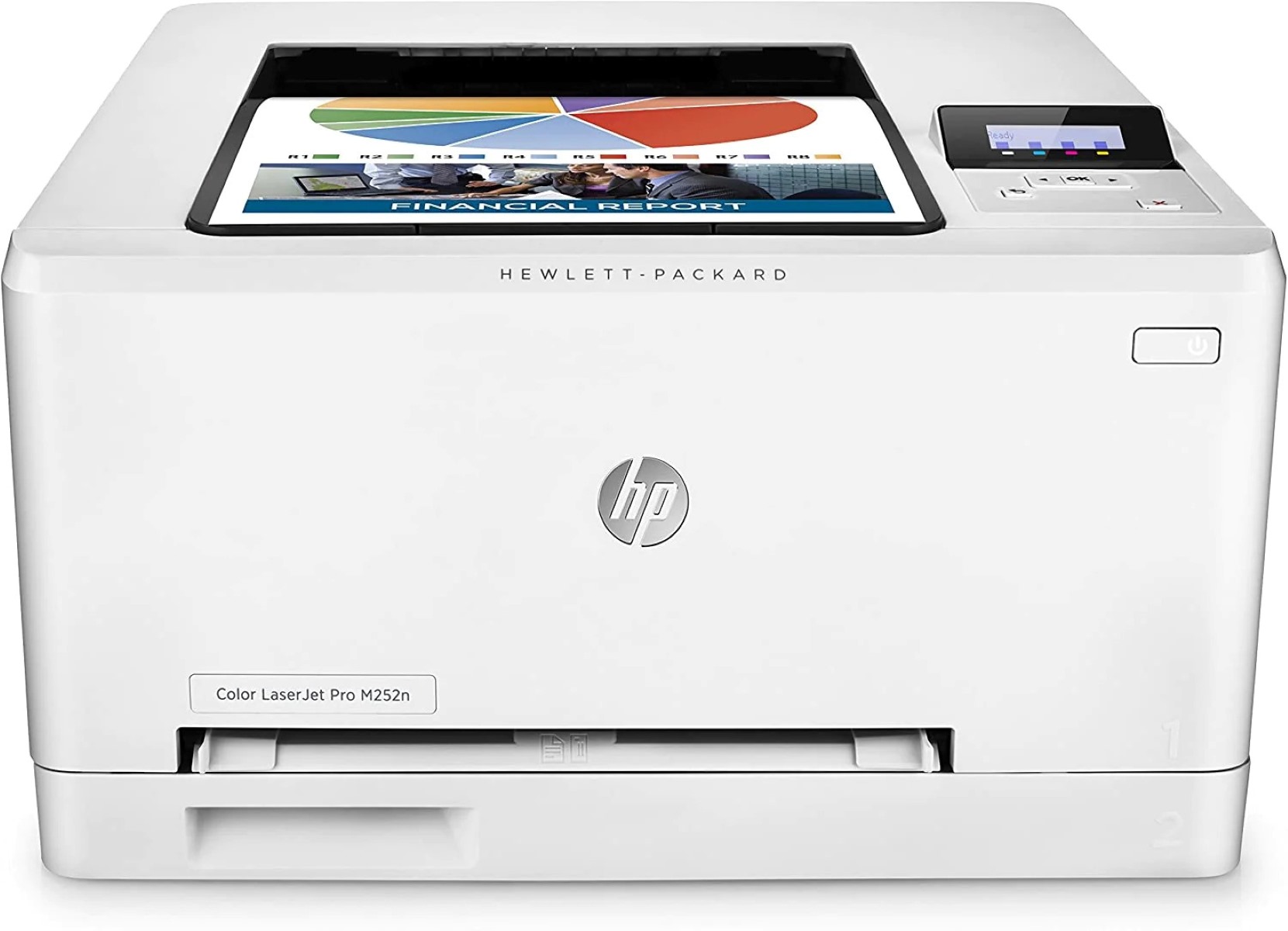
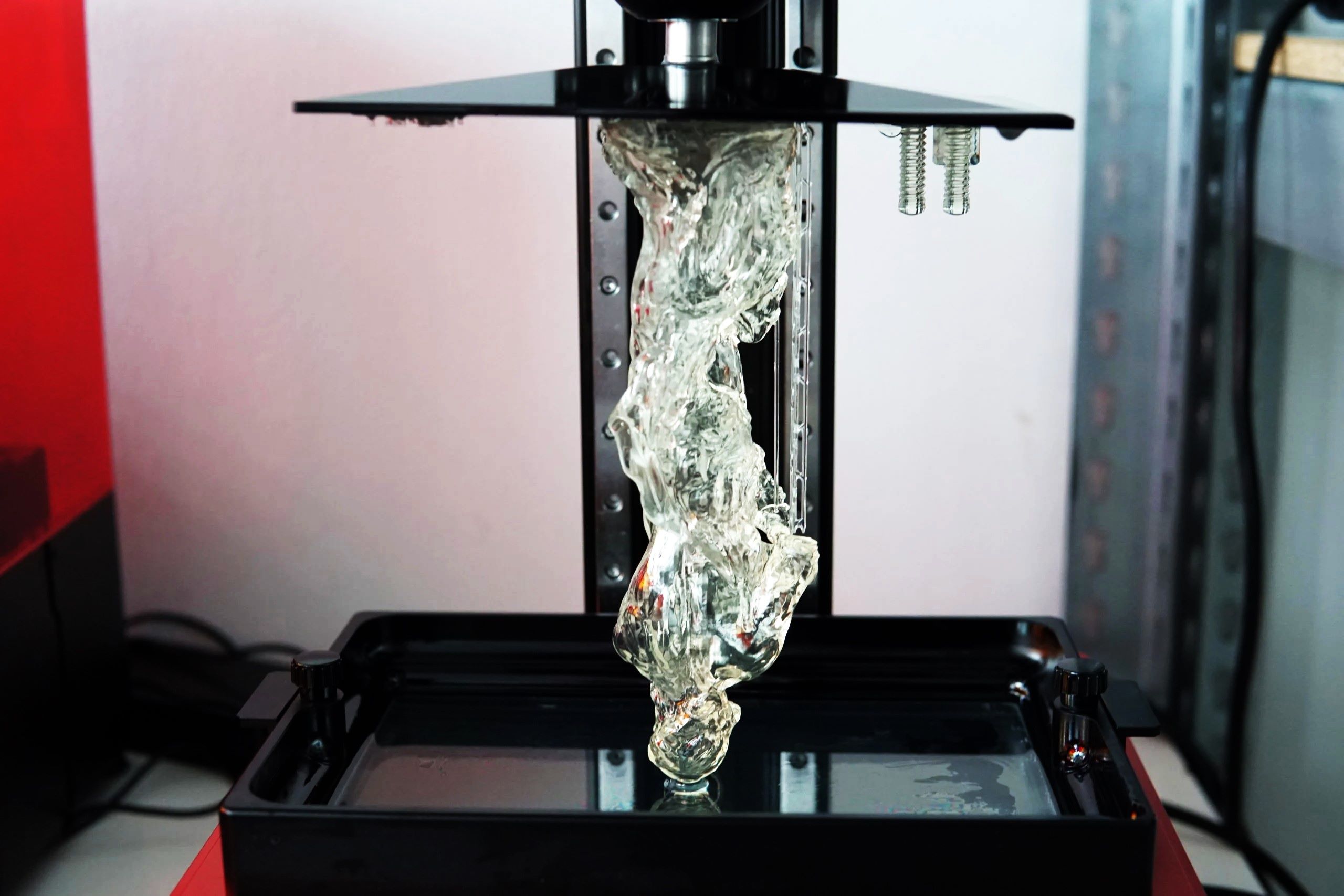
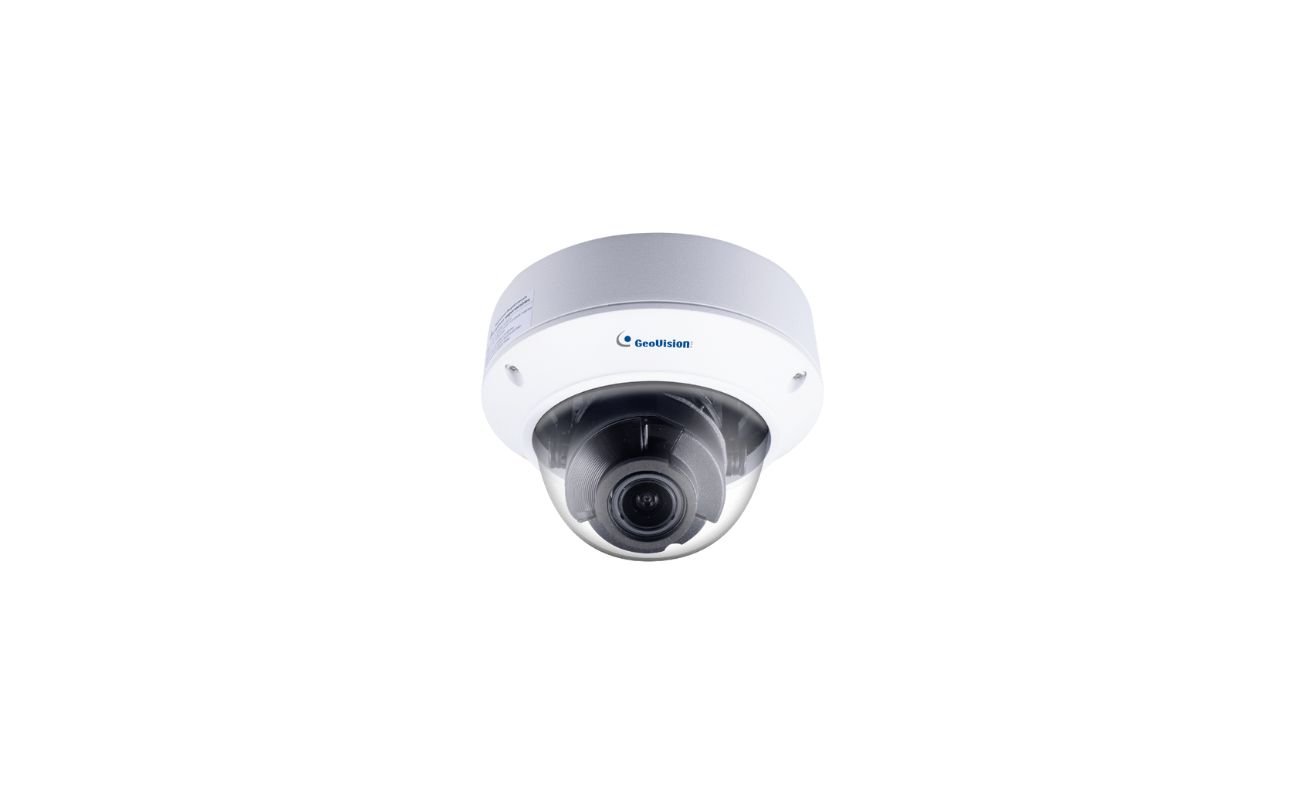
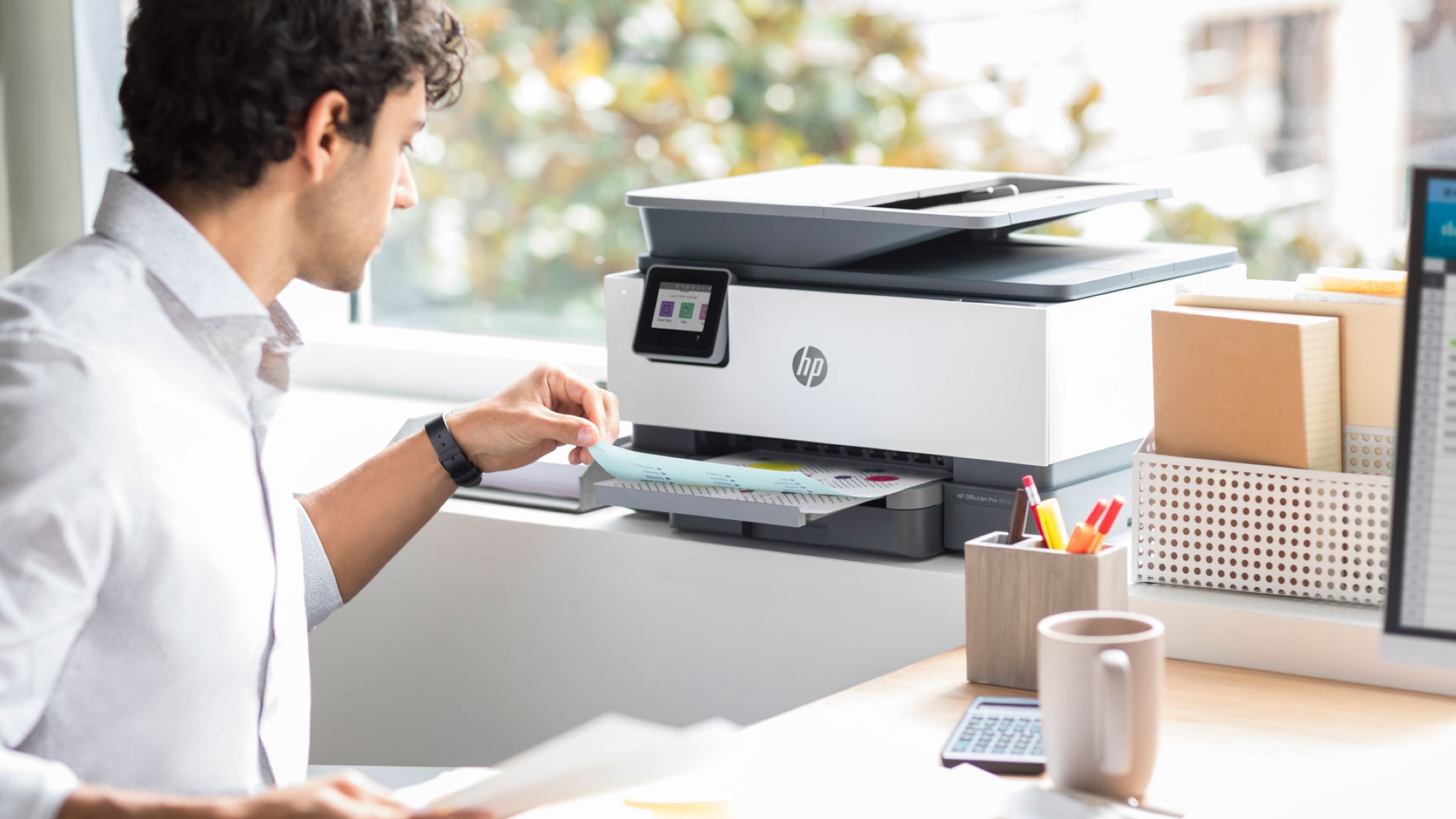
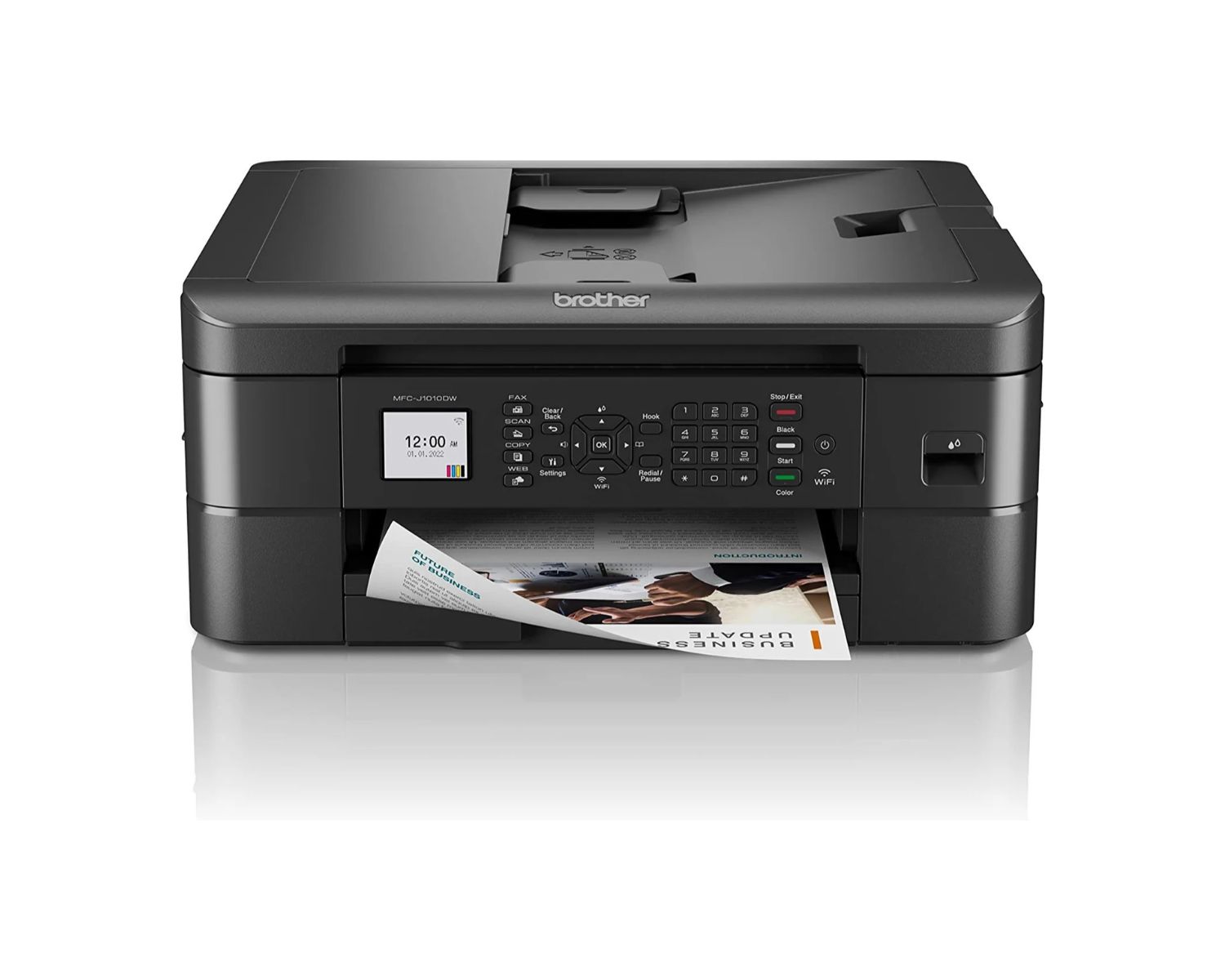

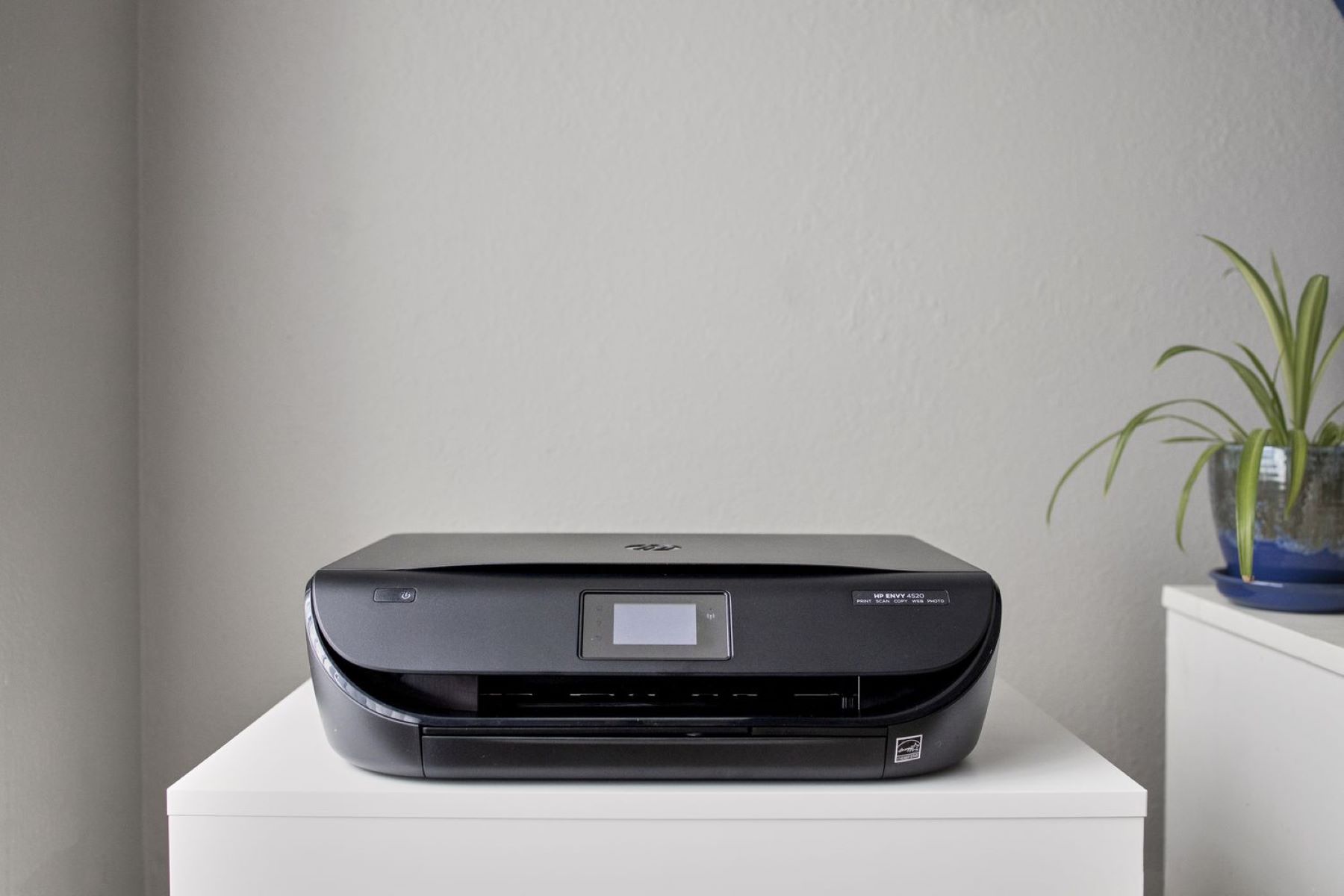



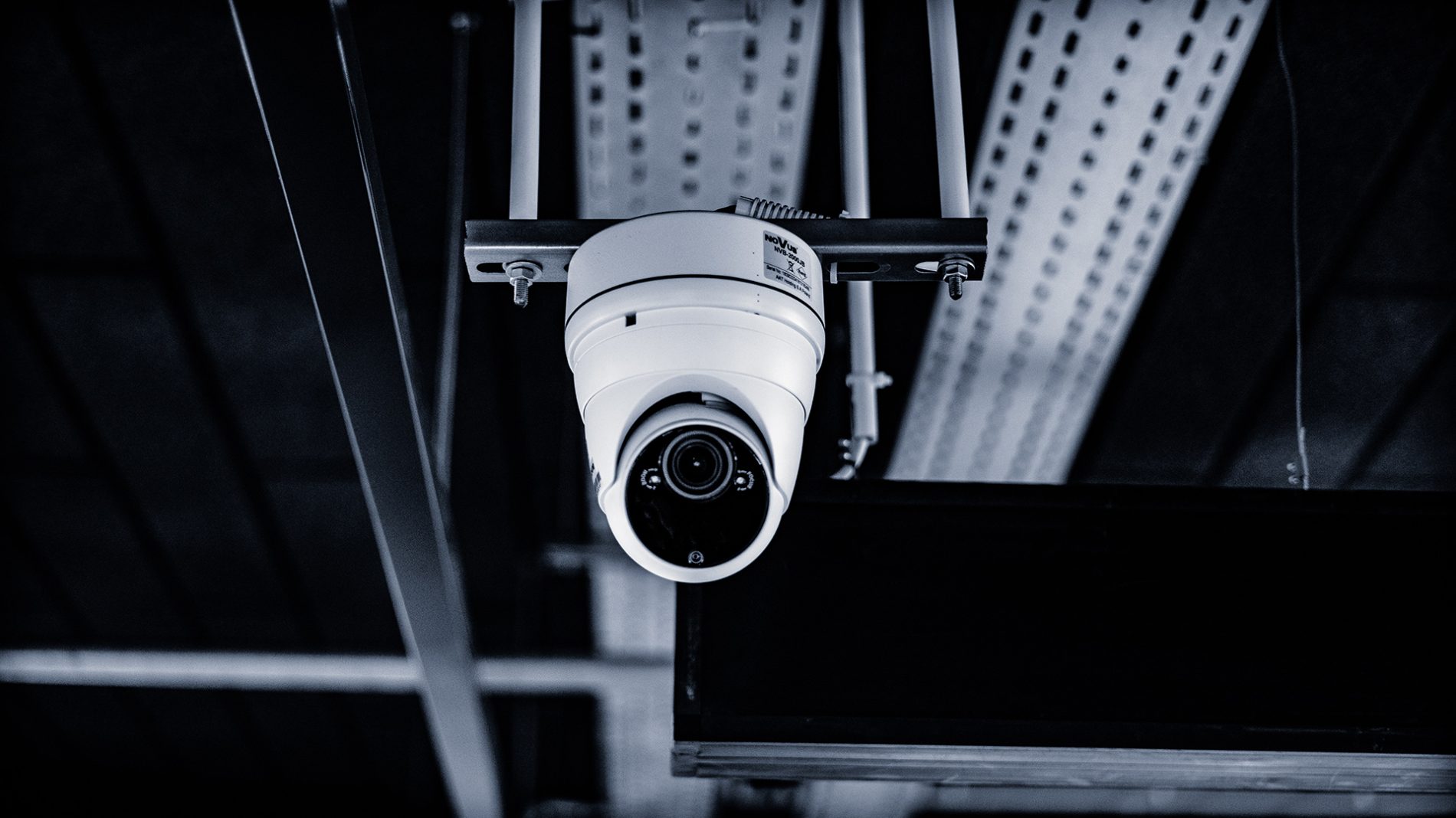

0 thoughts on “How Does A Wireless Printer Work”